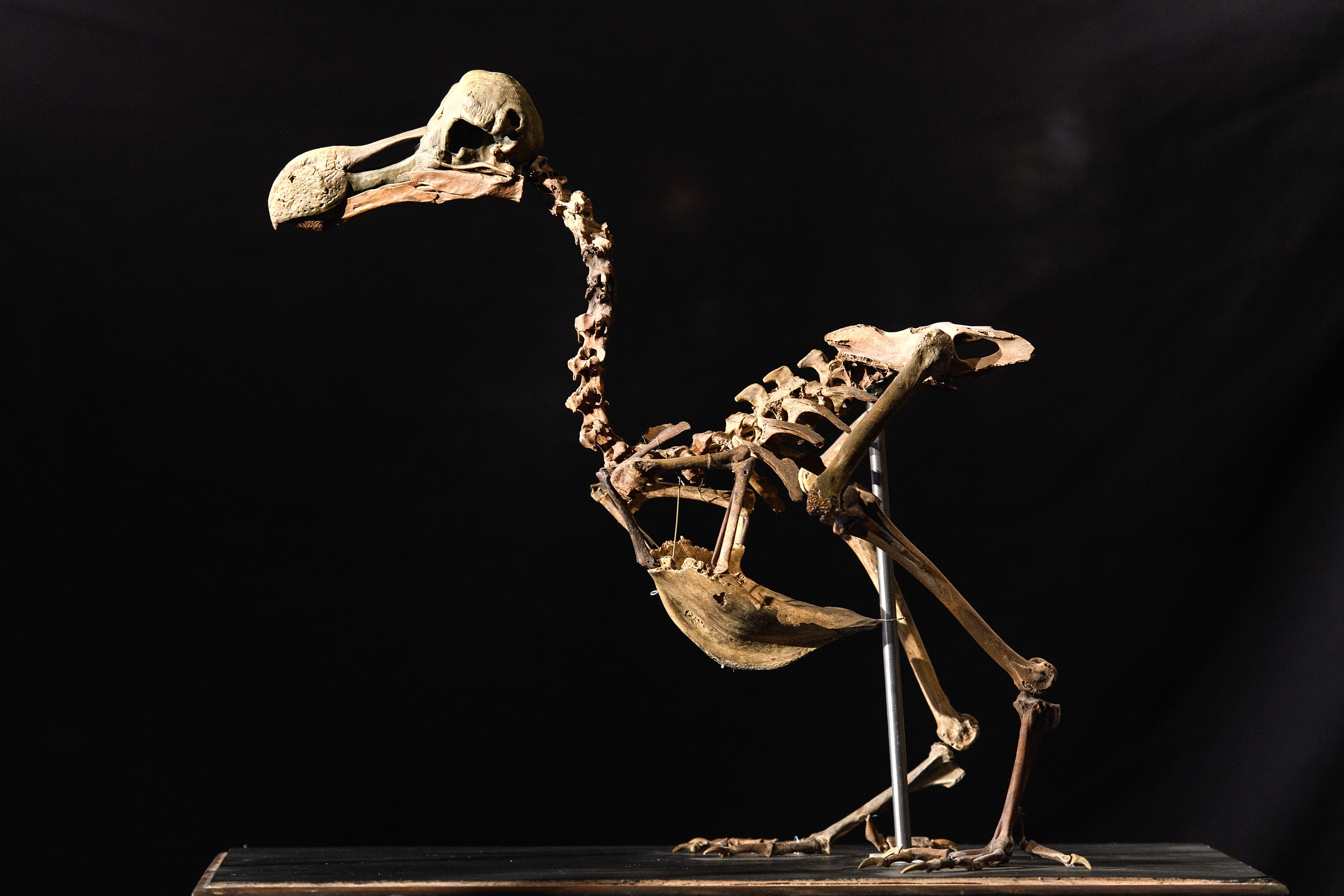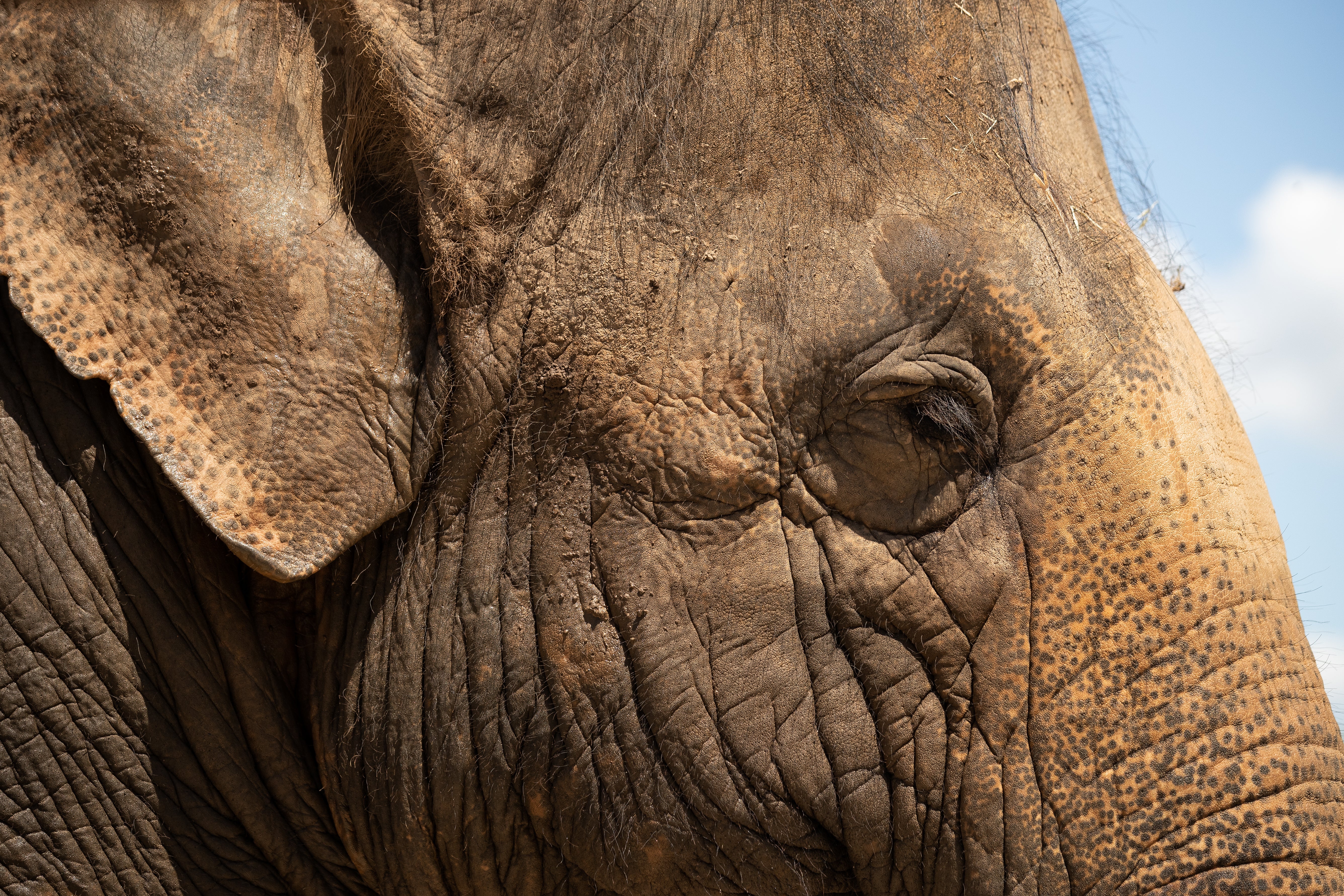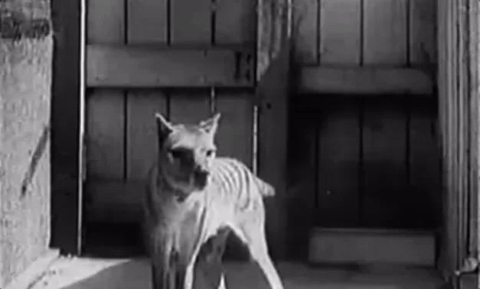The victims of extinction are countless and their are killers numerous — but, in recent centuries, there’s been one obvious, enduring culprit: Homo sapiens.
As humankind has increased in numbers and technologized, more and more species have disappeared for good. Or have they really? Scientists may finally be on the verge of breakthroughs that can simulate some animals’ resurrection. But, despite what Jurassic Park led us to believe, simply having a creature’s DNA isn’t enough to bring it back from the dead.
“Within the next decade, there will be manufactured organisms, as I call them. I have no doubt about that,” said Ross MacPhee, a mammalogist at the American Museum of Natural History, in a phone call with Gizmodo.
There are important ethical considerations to these burgeoning efforts, popularly referred to as ‘de-extinction.’ The projects mostly involve mammals and birds, from Revive & Restore’s effort to de-extinct the heath hen, the passenger pigeon, and the woolly mammoth, to Colossal Biosciences’ efforts to bring back the mammoth, the thylacine (commonly known as the Tasmanian tiger), and the dodo bird once native to Mauritius.
Some of these animals — the hen, the pigeon, and the thylacine — went extinct in the 20th century. But dodos disappeared in the 17th century, primarily due to Europeans’ introduction of invasive species like rats to its habitat, and the last mammoths died about 4,000 years ago when the dry grasslands that hosted them vanished, as the chilly Pleistocene gave way to the hotter Holocene.
There’s no question that the genomic backbone of de-extinction technology has become much more solid in recent years. 20 years ago, the human genome was sequenced; since then, scientists announced the completion of genome sequences for the mammoth (2015), thylacine (updated in 2017), and dodo (2022).
There’s also been a steady march of progress in understanding genetic quirks of species and their inheritance, how to build embryos in labs, and how mammals relate to one another. While genetically modified humans remain highly controversial, it’s full-steam-ahead on other mammals.

Venture capital firms, including one funded by the CIA, have given their backing to these de-extinction efforts, which generally involve somatic cell nuclear transfer (SCNT), the innovative technique at the heart of cloning. In SCNT, a cell nucleus is inserted into a cell that has had its nucleus removed. In 1996, Dolly the sheep became the first mammal cloned with SCNT.
An extinct animal has famously been “brought back” before; in 2009, a group of researchers managed to birth a cloned bucardo, or Pyrenean ibex, which went extinct nine years earlier. (The clone was derived from the DNA of Celia, the last known individual, who was killed by a falling tree.) The cloned bucardo died shortly after birth due to respiratory failure, caused by abnormalities in its lungs.
But even if the cloned bucardo hadn’t died, it wouldn’t have constituted de-extinction in the eyes of science; de-extinction refers to producing a population of animals, not just the odd individual.
The process is a lot easier for plants. While animals have gestation and incubation schedules to stick to, plant life can germinate after millennia.
“Bringing back ancient species of plants from archeological seeds is an area which hasn’t really been looked into, and it’s actually relatively low-tech,” said Sarah Sallon, a researcher of natural medicine at the Hadassah Hospital in Jerusalem, in a video call with Gizmodo.
Low-tech is an understatement. In the mid-2000s, Sallon and her team planted and successfully germinated 2,000-year-old seeds of the Judean date palm (not an extinct species, but the principle holds for seeds of plants that are no longer around). That’s pretty much all there was to it — sticking the seeds in some soil and watering them.
All the genetic information of the ancient dates was there, waiting to be unlocked. With extinct animals, like the mammoth and the thylacine, there are lost genetics that need accounting for. And SCNT doesn’t really work in birds, due to the whole egg-laying situation, so researchers need to develop new technologies to approach avian de-extinction.
A difficulty with extinct animals is that only so much of the animal’s genome can be recovered. Last year, researchers exploring the possibility of resurrecting the Christmas Island rat (extinct by 1908) found that a missing 5% of the animal’s genetics severely limited their ability to accurately replicate the creature in life. Genes involved in the rat’s olfactory system (its ability to smell) and immune responses were lacking.
“We aren’t actually planning to do it, as probably the world doesn’t need any more rats, and probably the money it would take to do the best job possible could be spent on better things, e.g., conserving living things,” Tom Gilbert, evolutionary geneticist at the University of Copenhagen and a co-author of the paper, told Gizmodo at the time. Gilbert is now a member of Colossal’s Scientific Advisory Board.
In the decades since Dolly, cloning technology has improved to the point that, in 2016, the Species Survival Commission of the International Union for Conservation of Nature (IUCN) published a list of guiding principles for de-extinction. Or, as they called it, “Creating Proxies of Extinct Species for Conservation Benefit.”
“Proxy is used here to mean a substitute that would represent in some sense (e.g. phenotypically, behaviourally, ecologically) another entity – the extinct form,” the commission stated. “Proxy is preferred to facsimile, which implies creation of an exact copy.”
De-extinction has become the popular phrase for creating proxy species; the argument, basically, is that if it looks like a duck and quacks like a duck, it’s a duck. But even assuming that to be the case, ducks and their ponds still exist, while neither mammoths nor their steppe have been around for several thousand years.
“What is in discussion now I don’t think is de-extinction. It’s something else,” said David Díez-del-Molino, a paleogeneticist at the Centre for Palaeogenetics at Stockholm University, in a video call with Gizmodo. “I think the problem with this is semantics and what people understand.”
Díez-del-Molino and his colleagues recently published fresh insights into the genetic diversity of woolly mammoths, based on the genomes of 23 mammoths and 28 extant elephants. Among the mammoths studied was an individual that lived a whopping 700,000 years ago (the oldest recovered mammoth DNA dates to 1 million years ago). The team found 3,097 gene mutations unique to the woolly mammoth, and, because of the particularly old specimen, they could sort through mutations that popped up at various points in time.
Discoveries like these are great for companies that need an update to their build-a-mammoth blueprints, but they also speak to the complexity of the information at geneticists’ disposal and the decisions that need to be made in the mammoth-making process.
De-extinction is not as simple as cloning because it requires tinkering with the genetic code. Instead of just republishing Hamlet, it’s like trying to reverse engineer the play to make it Macbeth. To MacPhee, the proxy species will resemble “something out of Lovecraft” more than a return to the real creatures that once walked the Earth.
“If they’re successful, as they probably will be in some sense, you’re creating a simulacrum that has no phylogenetic relationship with actual mammoths, all of which are gone,” MacPhee said.

Revive & Restore and Colossal — the two big players in de-extinction at the moment, though some academic labs are getting funding to interrogate similar genetic technologies — both contend that hafting together a elephant-cum-mammoth herd and loosing it on a swath of Siberia will help combat climate change, by converting the tundra into carbon-sequestering grasslands.
Rewilding is a major goal of these companies; Colossal wants to rewild the thylacine proxies, which is to say, establish populations of them in Tasmania, and Revive & Restore wants to reestablish the heath hen on Martha’s Vineyard. The basic idea of rewilding is that the extinct animals’ environments would benefit from their return, and introducing proxy species would be the next best thing.
“The idea that we’re going to reach into 15,000 years in the past, pick up an animal there and drop it into the future — that’s not what’s happening,” said Bridget Baumgartner, the director of research and development and the program manager for wild genomes at Revive & Restore, in a phone call with Gizmodo. “We’re basically just artificially evolving.”
“We would expect the same thing to happen if we open up a wildlife corridor between Asia and Siberia and let the elephants migrate up there,” Baumgartner added.
The animals that are produced by their efforts will not be real thylacines, mammoths, dodos, or any other extinct animal. The proxy mammoths will be elephants with new hair genes and other genetic accoutrements, and the thylacines will be an even more experimental production that will emerge from the modified cell of a fat-tailed dunnart, a relative of the marsupial wolf.
The proxy species won’t have the same behaviours as the species they represent. While the social hierarchies of woolly mammoths were probably fairly similar to those of Asian elephants, a group of dog-sized thylacines was likely quite different than a group of mouse-sized dunnarts. Socialisation is not encoded in DNA, so the proxy species will be behaviourally distinct from the originals.

And the world has changed. If Colossal pulls off its genuinely massive undertaking, hairy, cold-adjusted Asian elephants will be tramping around Siberia within the decade. Pseudo-thylacines will be moving through the Tasmanian underbrush. But they world they’re being introduced to is very different than it was in 12,000 BCE or even the early 20th century.
The question is, what is the value in creating these proxy animals? Where should they live? Will they be created just to suffer?
“These are very smart people,” MacPhee said, “but it’s the absolute disinterest in animal welfare that bothers me the most.” Many animals will die young in the pursuit of de-extinction (like Celia’s clone), but they can also suffer abnormalities in adulthood, as did Dolly, who died at six years old after being plagued with arthritis and lung disease.
Heather Browning, a philosopher at the University of Southampton, noted in a 2019 paper in the Journal of Agricultural and Environmental Ethics that inbreeding, surrogacy-related defects, and the welfare of animals reared in captivity need to be put at the forefront of the de-extinction conversation, even before the ethics of “re-introduction” are deliberated.
Genetic engineering certainly has a part to play in conservation. In 2021, the U.S. Fish and Wildlife Service announced that it successfully cloned a black-footed ferret named Willa, who died in 1988. Black-footed ferrets are the only ferret species native to North America and were presumed extinct until they were rediscovered in 1981; since then, the species has remained endangered and a critical conservation focus.
The ferret clone, Elizabeth Ann, showcased how genetic diversity could effectively be produced in a lab, preventing species at the brink of extinction from hitting genetic bottlenecks that could adversely affect their health and ultimate recovery.
These genetic experiments will continue to play a crucial role in conservation as techniques improve. Whether they’re mainly used to bolster existing populations or create entirely new ones remains to be seen.
